Art and Fashion
The designer shows of the Japan Fashion Week ranged from Yukii Torii’s über-conservative society wares, to GalaabenD’s androgynous militarized chick, to Yoshikazu Yamagata’s Old Testament couture. In every case the audience, many dressed by the presenting designer, reinforced the brand’s message. There was no confusing the manicured luxury brands-clad crowd at Yukii Torii with the artists and the hipsters at Mikiosakabe or writtenafterwards, much like there was no way of confusing the halls of Tokyo Midtown with a modernist school building of the Taito Designers Village that hosted the last day shows of the JFW.
The three brands that showed on the last day were Mikiosakabe (designers Mikio Sakabe and Shueh Jen-Fang), Akira Naka and writtenafterwards (designer Yoshikazu Yamagata). The fact that the shows were held in a separate (and an artsy) venue went along with the avant-garde aspiration of the designers. In the opening show Mikiosakabe made ample use of the gymnasium location, enhancing its “real life” effects of the scuffed-up wooden floors on the basketball court by the dispersed low lighting and what appeared to be dry ice. Like GalaabenD the day before, Mikiosakabe traded a straight catwalk for something more like a track where the models passed the screen background to continue along the perimeter of the room with the single interruption of three large black cubical steps they had to clime. The official JFW photos show the screen shots, but the oblique view of the cubes was at least as good, if not better.
The performative aspect was further developed in a series of installations and exhibitions bundled with the day’s shows. Among them were a mini retrospective of Yoshikazu Yamagata’s creative forays. It contained the works from the first and the third collections, but the highlight was Yamagata’s introduction to his new collection “The fashion show of the Gods.” Along the axis of the long and narrow room run a display table covered with carbon pieces upon which were arranged small statuettes of various animals, according to an accompanying tag “sleeping animals with the gods.”
A much larger room two doors down the hall housed two installations by the group of performance artists known as Chim↑Pom. One on the objects on display is their SUPER☆RAT that incorporates common variety rats painted in “super” yellow. The Shibuya rat traces the progress of the Superrat that symbolizes, among other things, our own rat-like existence. A simultaneous video installation documented the confrontation between real rats and the rodent-hating Tokyoites.
As the specks crumbled off the real person who made slight but disturbingly noticeable shifts in position ever thirty seconds or so, another member of the group came to the rescue with a spray can of adhesive and more sand.

Two more rooms were devoted to Ichiro Endo’s live painting and Yuima Nakazato’s shoe art.










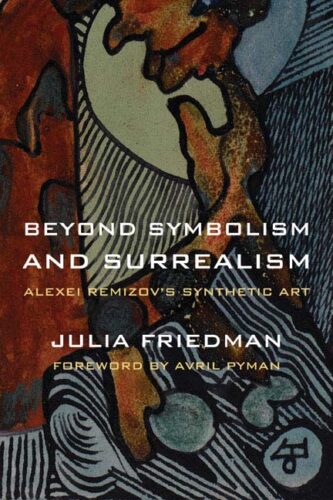
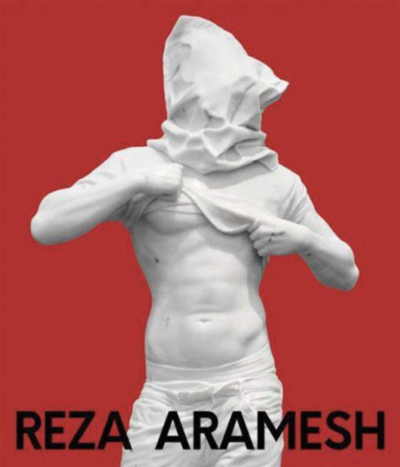


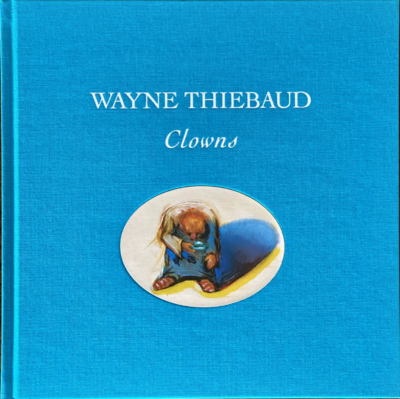
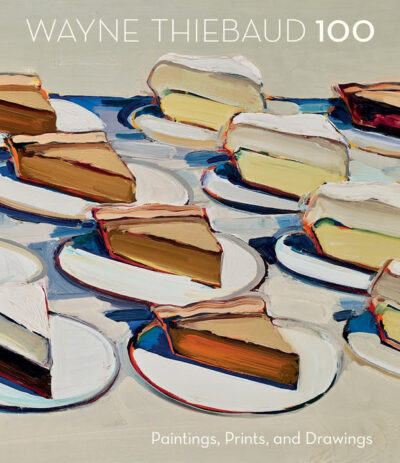


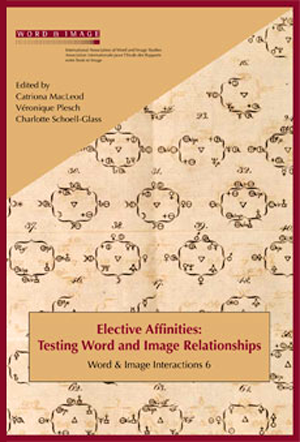
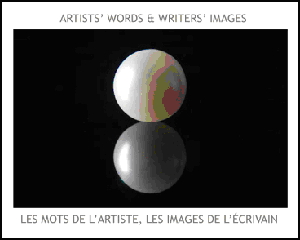
Test comment.
When I look at the sleeping animals strewn about, I can't help thinking about an installation from the early 80s by Moscow conceptualist V. Zakharov: "Sloniki":
http://plucer.livejournal.com/197562.html